Dupuytren’s Contracture Surgery – Your Recovery
- Home
- Services
- Orthopaedics
- Knowledge Hub
- Dupuytren’s Contracture Surgery – Your Recovery
Dupuytren’s Contracture disease can vary significantly by patient, and so the recovery from surgery will look different every time depending on the severity of the condition and the type of surgery performed.
Much of it will depend on your age, health and wellbeing coming into the operation. Playing an active role in your own recovery, following the home treatment plan as set out by your doctor and taking suitable precautions are all crucial elements for a successful pathway back to mobility and health.
Adhering to rehabilitation exercises after surgery is the best way to get the most optimal results from surgery, and this is a crucial part of the recovery process. Targeted hand therapy will help you regain the range of movement in your fingers, and prevent any stiffness setting in. Our rehabilitation team includes experienced physicians, physiotherapists and occupational therapists who will guide you each step of the way.
Please ask about any inpatient or outpatient, individual and group rehabilitation sessions that you can access through your hospit
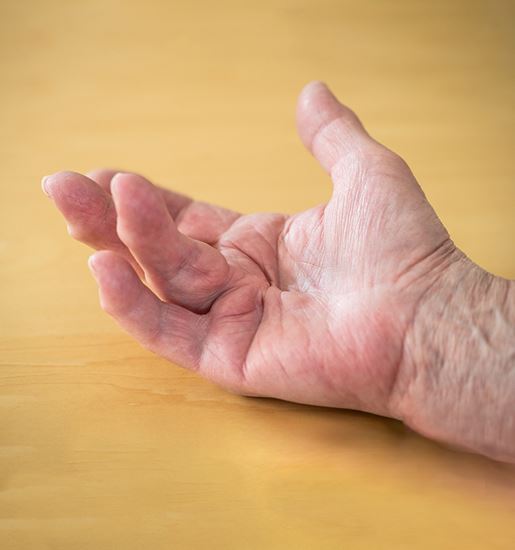
Home preparation after Dupuytren’s Contracture surgery
After the procedure, your hand will be secured in a bandage and splint, and may take up to 4 weeks to heal. Before you head off to hospital, make sure your home is well prepared for your return after surgery. Getting set up in advance of your surgery is a great way to aid the recovery process and avoid risk of injury to your operated hand.
- Make sure you have organised someone to help get you home from hospital, as you will be unable to drive.
- Stock up on provisions at home so that you don’t need to worry about getting in the car to fetch anything, and you have been cleared to drive by your doctor.
- Set up a recovery space where you can rest and keep your hand elevated while the swelling goes down. Have a table nearby for your phone, medication, TV remote control, books and a drink – and anything else that you need close by.
- Have a stack of pillows nearby so it is easy to keep your hand elevated while you sit and rest.
- Have some clothing items ready that can be put on using just one hand, such as stretchy trousers and wide-necked tops.
- Organise some help at home with daily tasks and activities while your hand movement is limited.

Caring for your hand
When you leave hospital, your hand will be covered in a bulky dressing and a splint to protect the wound and ensure that the fingers stay straightened. This is an essential part of the surgery and will stay in place until your two week follow up appointment. It’s important to keep the dressing dry at all times, and a plastic bag can be used when bathing to protect the area and minimise the risk of infection.
Keeping your hand elevated as much as possible after surgery will help with any pain and swelling and promote the healing process. Pain, swelling and stiffness are all normal symptoms after surgery and will take some time to go away. Use ice packs and pain medication as directed by your doctor. In severe cases of Dupuytren’s disease, a splint may be required for up to 12 weeks in order to get the best results.
Rehabilitation exercises
Dupuytren’s Contracture surgery is an effective way to release the tight tissue and free up the finger joints, but this procedure alone is not enough to treat the disease. Hand therapy exercises are an important part of the process in order to increase the finger motion, improve strength and retore function to the hand. Once the bandage has been removed, specific exercises may begin.
Firstly, the rehabilitation will focus on massaging the hand and fingers to reduce swelling and prevent scar tissue forming. Targeted exercises will then focus on extending and strengthening the finger movement, aiding fist clenching and straightening out the finger digits working through any discomfort or pain where possible. Some patients may have to wear a splint at night for up to six months. This is to help the fingers stay straight and prevent scar tissue forming which increases the chance of further contracture. Your doctor will develop a program that is tailored to your specific condition, and the rehabilitation exercises will be extended appropriately. Always follow the guidelines as set out by your treating therapist.
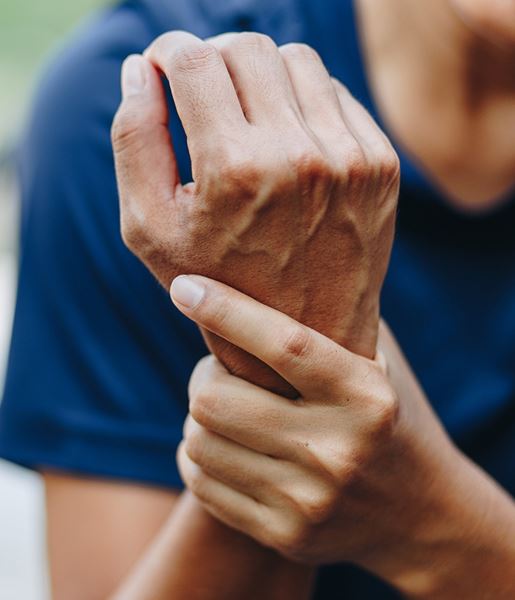
Average recovery timeline
Most patients leave hospital the same day after surgery with an individualised recovery plan. This generalised timeline will vary by patient and the extent of Dupuytren’s Contracture surgery performed.
Weeks 1-2
- Keep your hand elevated to help relieve pain and swelling.
- Your bandage will be checked and changed at your follow-up appointment.
- A splint may be fitted to maintain correction.
- Exercises can begin as soon as you can feel your fingers after surgery.
- It is normal to experience some numbness and pins and needles after the procedure.
Weeks 3-6
- Talk to your doctor about returning to work and driving.
- Finger range of motion should begin to significantly improve.
- The swelling and scar tissue should start to improve.
- Continue to adhere to your hand therapy exercises as directed by your doctor.
Weeks 6-8
- Your hand should be capable of more forceful activities.
- Talk to your doctor about returning to activities such as golf or tennis.
- Grip strength should have returned.
8 Weeks +
- The scar may take up to 3 months to soften.
- Any residual numbness should resolve as the nerves recover.
- A full recovery is usually expected by 12 weeks.
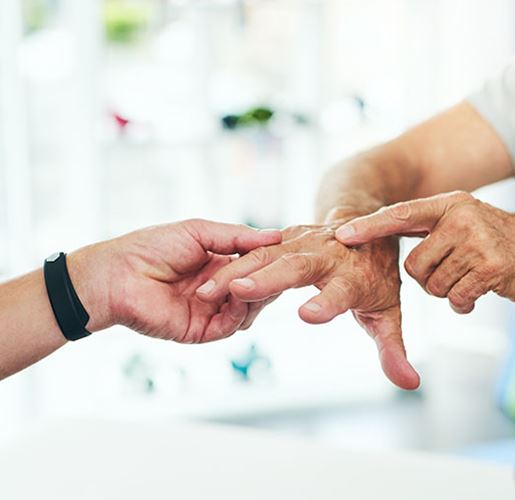
What to avoid after Dupuytren’s Contracture Surgery
Recovery from Dupuytren’s Contracture surgery can take some time, and it does require commitment to get the full benefit of the procedure. Recovery guidelines will vary by surgery, but the guidance will generally include:
- Keep your hand elevated for the first weeks after surgery to help reduce any swelling – avoid having it hanging by your side for any length of time.
- Prevent stiffness and scar tissue forming by massaging your hand regularly and wiggling your fingers as soon as you can feel them after surgery.
- Commit to regular hand exercises as advised by your treating doctor and complete them 3-4 times across the day – this will get the most optimal results from your procedure.
- Don’t be put off by mild discomfort as you complete your exercises – this is a normal symptom and shows that you are extending the flexibility of the tissue to achieve the goal of surgery.
Frequently Asked Questions
Can I drive after surgery?
After surgery, your hand will be bandaged and placed in a sling to help with swelling. You will not be allowed to drive yourself home, and driving is not permitted until your wound has fully healed. This could take between 2-8 weeks depending on the extent of your surgery. Talk to your doctor about a possible return to driving, and make sure someone is available to collect you after surgery.
How do I know what type of surgery I need?
Fortunately, there are a few treatment pathways available to treat Dupuytren’s disease. Some patients are eligible for collagenase injections, or a type of needling, both of which break up the cord tension and relieve contracture symptoms. In more severe cases, surgery may be recommended to remove any diseased tissue. Talk to your doctor about your specific symptoms and find out the best treatment pathway available for your needs.
Will Dupuytren’s Contracture surgery cure my condition?
Dupuytren’s Contracture surgery is a very successful operation that relieves the frustrating symptoms associated with Dupuytren’s disease. As yet, there is no known cure for Dupuytren’s disease, and it can only be treated with therapy or surgery. However, these are only preventative measures that slow the onset of the disease, they will not cure the condition. Treatment results are generally better if the disease is caught early, and additional surgery may be required for some patients.
What happens if I don’t have surgery?
While not life threatening or serious, Dupuytren’s disease is a progressive condition that unfortunately will worsen without treatment. Decreased hand function can lead to great inconvenience in terms of daily tasks and rituals such as shaking hands, gripping objects or slipping your hands inside your pocket. In very extreme cases where the contracture has tightened beyond help, the finger may be amputated.
This article contains information of a general nature, which may not be relevant to you. You should not rely on this article as medical advice. Any surgical or invasive procedure carries risk. We encourage you to speak with your doctor about your condition.
Related Content

Carpal Tunnel Surgery – Day of Surgery
Relieves the painful symptoms associated with carpal tunnel.
Read More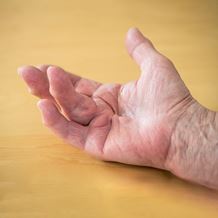
Dupuytren’s Contracture Surgery
A procedure to relieve tension in the hand tissue causing the fingers to bend inwards.
Read More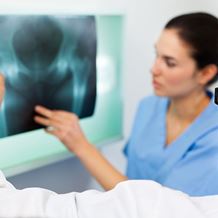
Find a Specialist
Talk to our world-leading orthopaedic specialists about the most suitable treatment options.
Read More